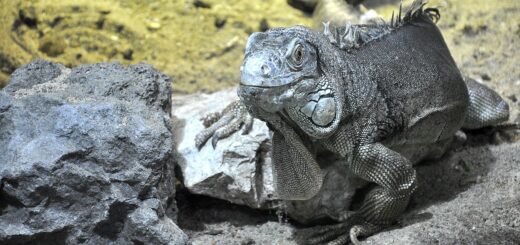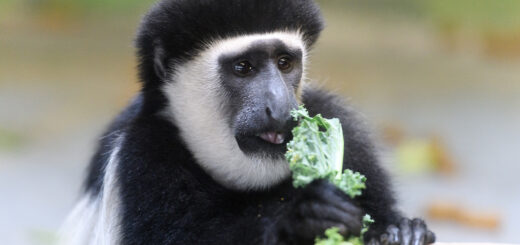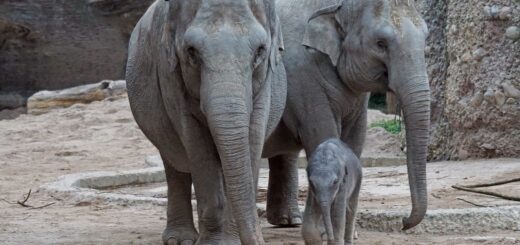Hand-rearing hoofstock: a team approach
Citation
Mashburn NR, Bradley K, Ward AM. 1997. Hand-rearing hoofstock: a team approach. In Proceedings of the Second Conference on Zoo and Wildlife Nutrition, AZA Nutrition Advisory Group, Fort Worth, TX.
Abstract
There are many reasons for hand-rearing neonatal hoofstock in captivity. From 1989 until 1992 the Fort Worth Zoo had no male springbok (Antidorcas marsupialis) or dama gazelles (Gazella dama). In 1993, when males were added to these herds, offspring began to be produced. Calves were rejected by first time mothers who had also been hand-reared, and by dams with a history of maternal neglect The keeper staff had undergone a complete turnover since animals were last hand-reared. A coordinated effort between the nutritionist and animal staff resulted in new protocols, and new milk formulas were formulated to support growth and properly formed stools. Protocols were developed to standardize methods of care and minimize differences in keepers personal style. Documented standardized protocols facilitate new staff with little experience hand- rearing animals to do so successfully. Nursery logs were set up to record formula offered, amount offered, amount consumed, stool condition, urine, and the animals, overall behavior at each feeding. Animals were weighed at the same time of the day when possible to insure comparability of weight data. Hand-rearing the first calf proved to he a challenge. Later, systems for hand-rearing were streamlined and the process of raising neonatal hoofstock went more smoothly.
 Hand-rearing hoofstock.pdf 2 MB
Hand-rearing hoofstock.pdf 2 MB








